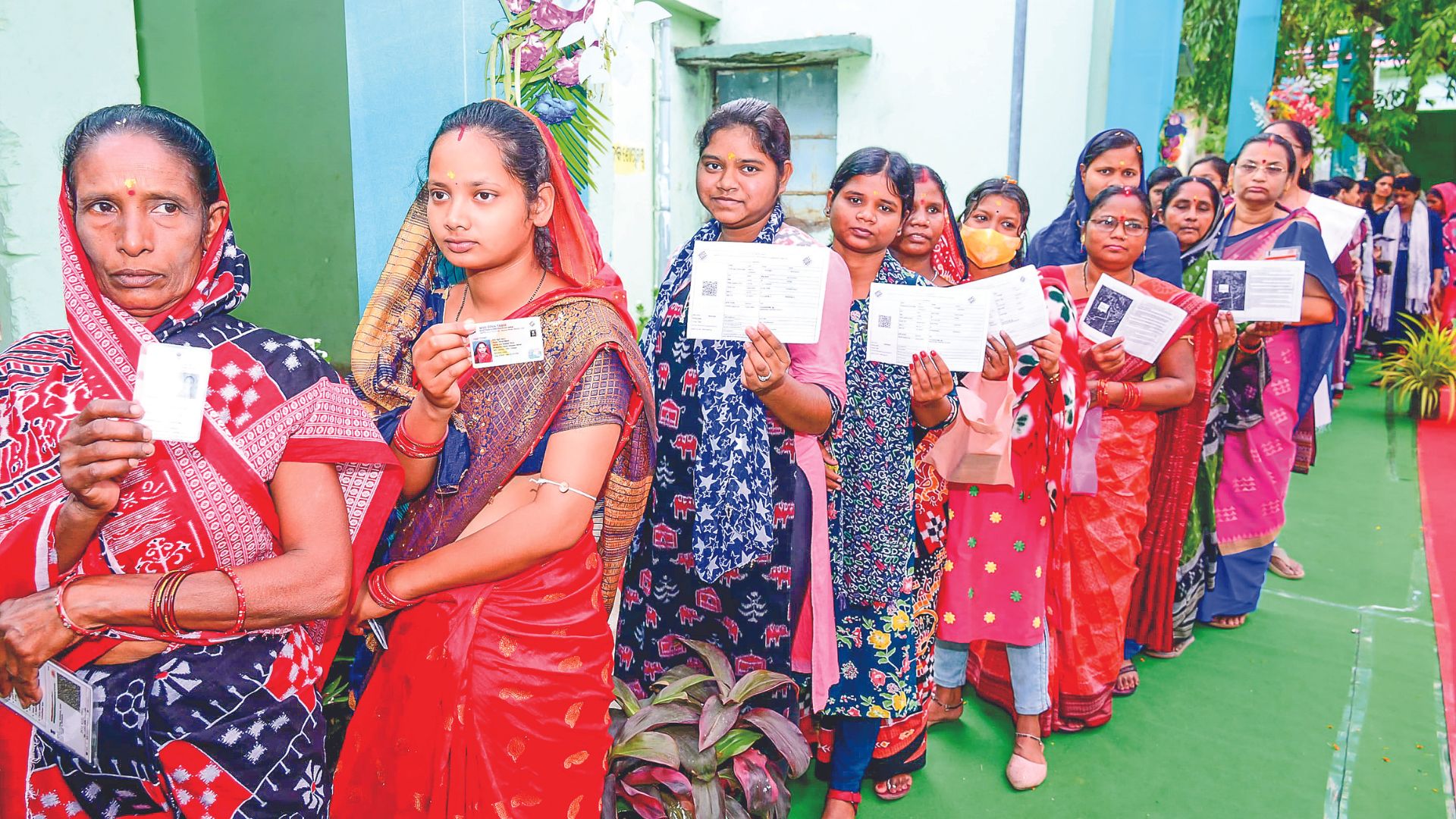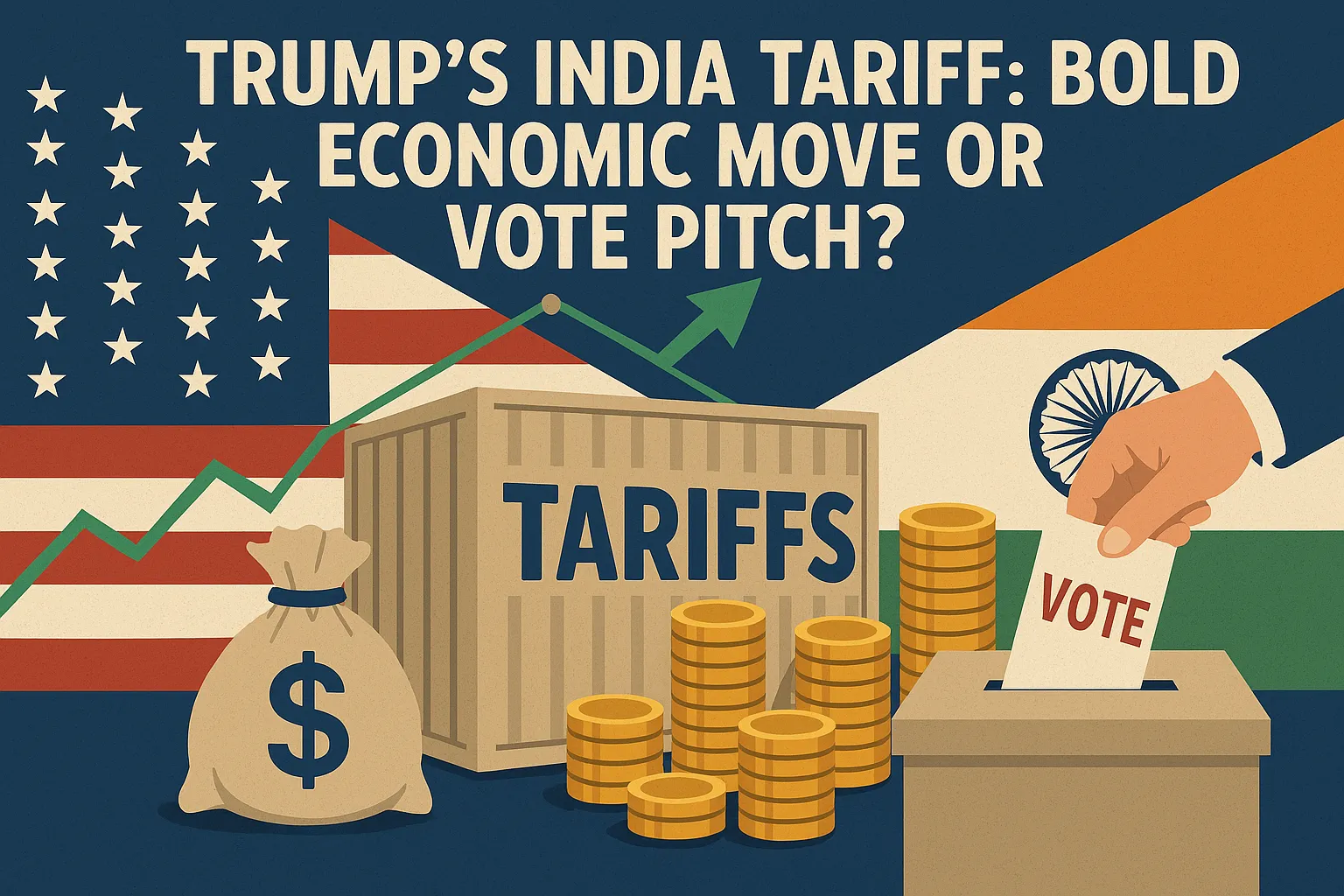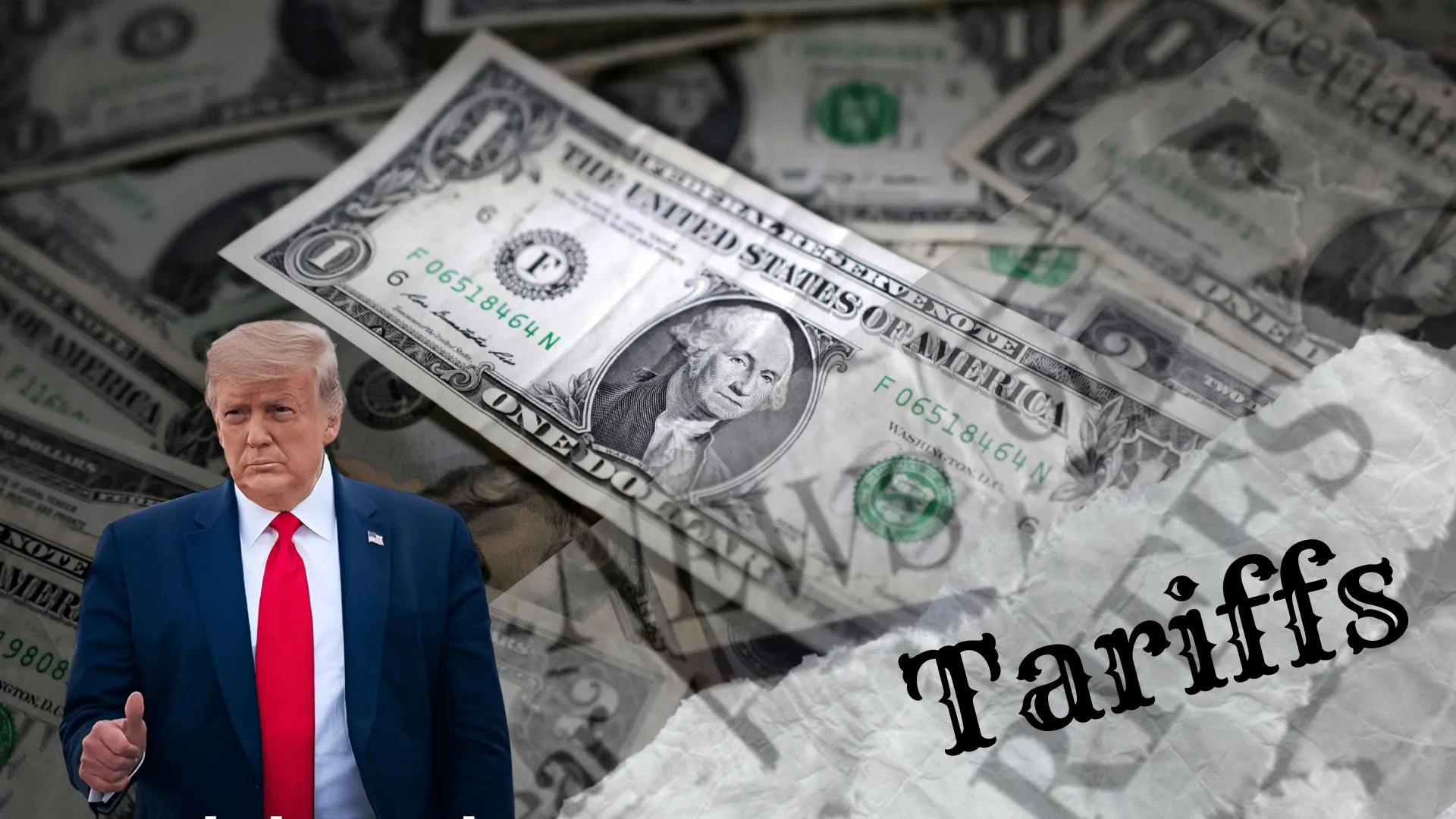Now that five phases of the seven-phase 2024 general elections are over, and as we enter the final stretch, are we nearer to predicting the way results day on 4 June will unfold? While only the super-optimists or perhaps the extremely foolish will stick their necks out on what the results will be like, it is easier to spot the trends that have dominated the election season and in that can be found a few clues. The most surprising trend has been the sudden turn in the narrative that the elections have become much closer than it was predicted, say on 22 January, when the pran pratishtha took place at Ayodhya’s Ram Mandir, when everyone was expecting a BJP sweep. A narrative is also being built that there is no Modi wave in these elections.
The narrative about the closeness of the election stemmed from the belief that the turnout in the first two phases of polling was “low” as the over-confident and complacent BJP did not mobilise enough of its voters to come out to vote. What this narrative is not taking into account is that the Election Commission is generally slow in updating its turnout data. When the EC eventually made the data public, it was found that the voter turnout was a robust 66.14% and 66.71% in the first and second phases, respectively. But by then the narrative of people not coming out to vote had taken its own life and spread like wildfire, at least on social media and in circles that follow politics or are involved in politics. It is important to make this distinction, because the narrative never percolated down to the ground, where common voters went about their lives and came out to vote calmly when their turn came.
In 2024, most voters had made up their mind about whom to vote for, much ahead of the elections—either for the BJP or for the I.N.D.I Alliance. Nothing earth shattering has happened in the last few months for voters to change their mind or to make up their mind at the last minute. It is just that more people have made their decision in favour of the BJP and Prime Minister Narendra Modi than the I.N.D.I Alliance. Hence, if there is one thing that can be said with certainty it’s that the election is going along expected lines, which means that the vote is largely for Prime Minister Modi. The fight is tight in places where the Opposition has been able to shift the focus to hyper local issues and identity politics, specifically caste politics, and where they have a strong regional leadership. To what extent the Opposition is able to tie the BJP down will depend on two factors—the strength of the Opposition on the ground in particular states and constituencies, and BJP’s candidate selection. There is no denying that some of BJP’s MP candidates are not very popular with the voters, despite the BJP dropping 43% of its sitting MPs. However, if the Modi factor helps even these “unpopular” candidates win, then the obvious conclusion is that 2024 is anything but a waveless election. We will know on 4 June, but there is very much a third Modi wave at play here—the election will be won because of PM Modi.
As for the Opposition, its narrative has been too negative for voters to take them seriously. Promise of freebies and constant harping on caste, without any 21st century blueprint on how to make the country move forward, do not inspire confidence. The Congress may take up poverty as an issue, but the party’s solution to the problem is unviable—wealth redistribution or transfer of cash in a manner that will break the backbone of the economy. The lack of a Prime Ministerial face is also seriously hurting the I.N.D.I Alliance.
Also, lest we forget, the BJP had won around 220 seats out of the 303 it won in 2019, by getting over 50% vote share. There has to be tremendous anti-incumbency against the Modi government for the BJP to lose a chunk of these seats. In the absence of tremendous anti-incumbency, what may happen is that on seats where the fight is close, the margin of victory in 2024 for the incumbent party may not be that large, but an outright loss too may not happen.
Of course all this is in the realm of speculation and may or may not go wrong on results day. But one thing is certain, the Prime Minister is looking confident about the elections and the possibility of Modi 3.0 seems high at present..

















